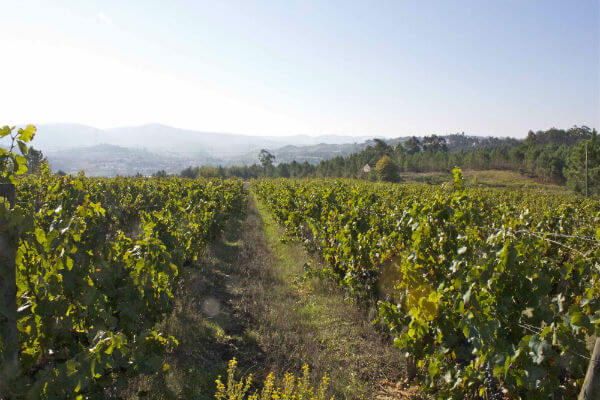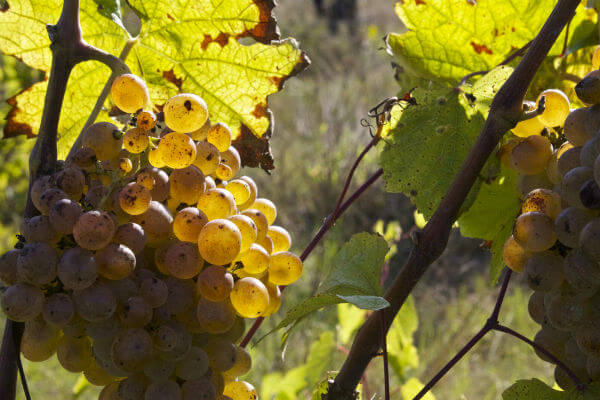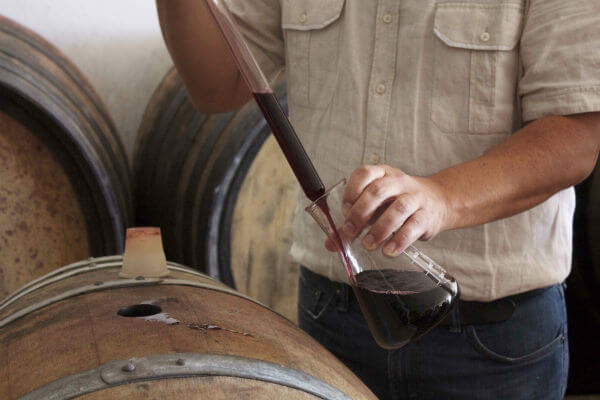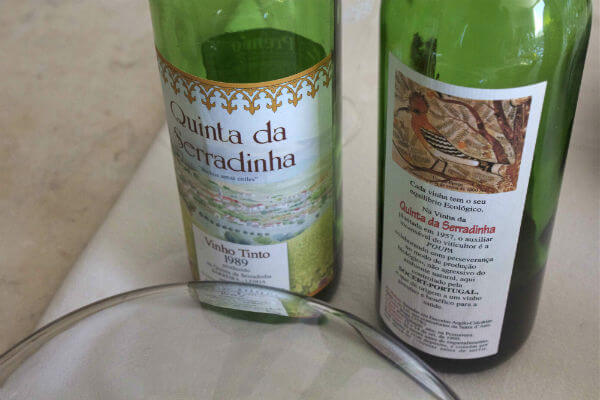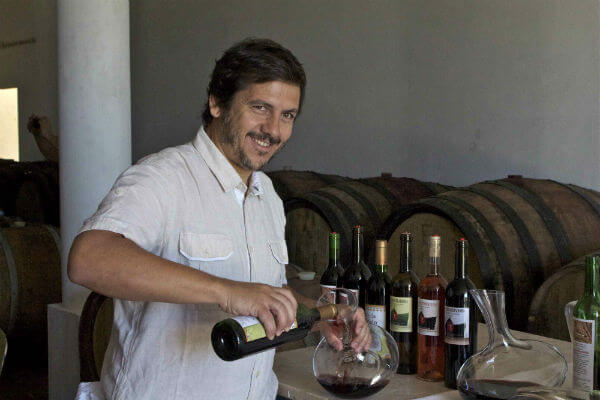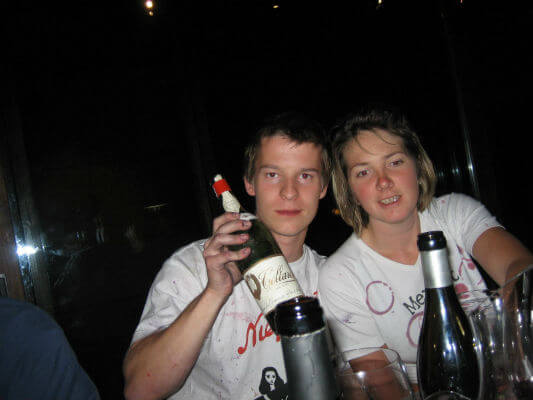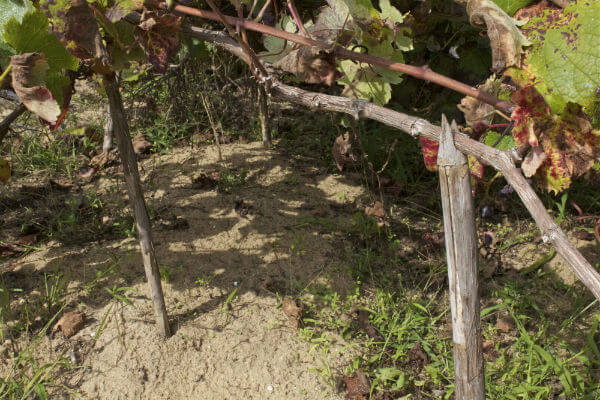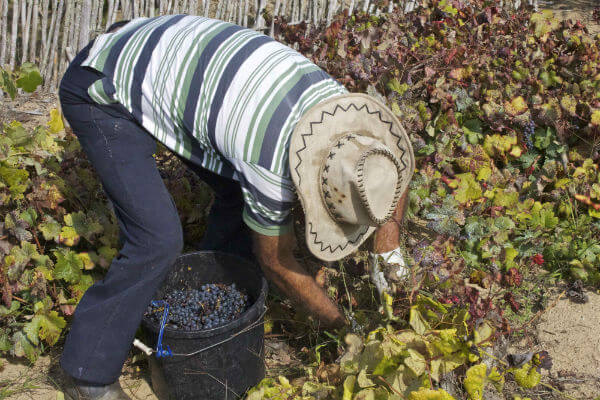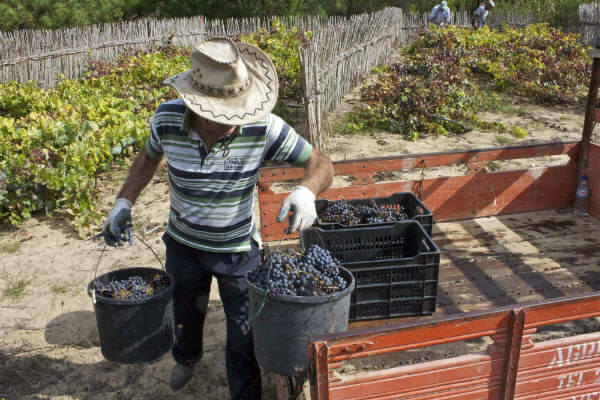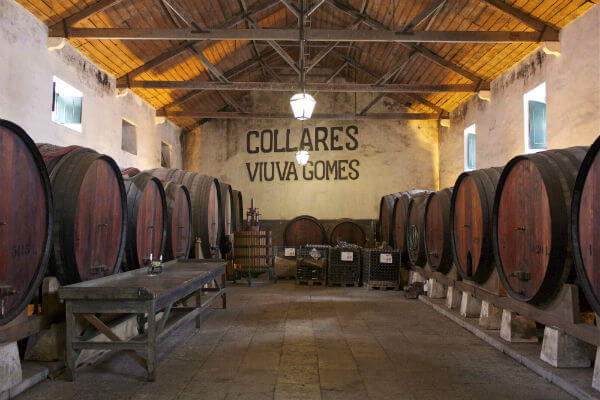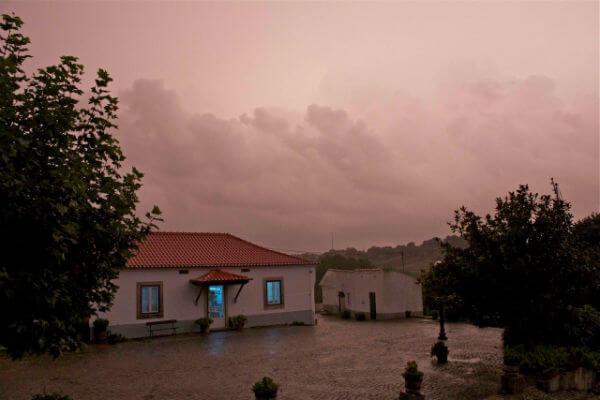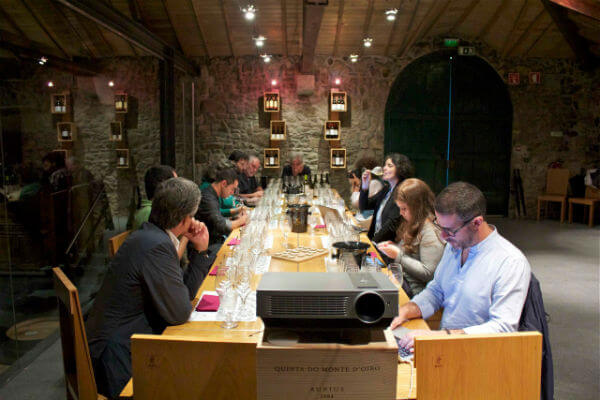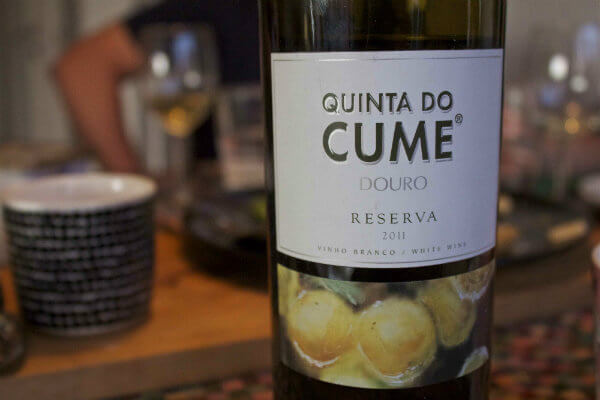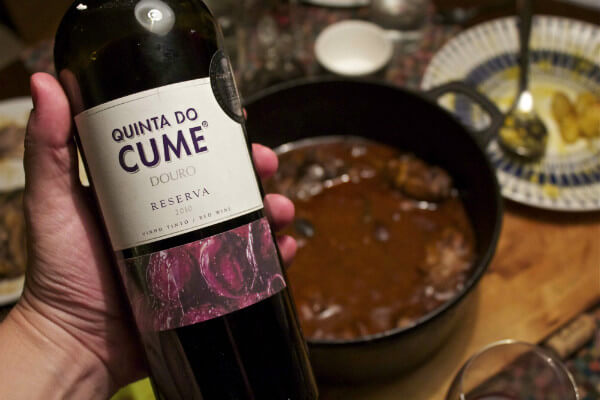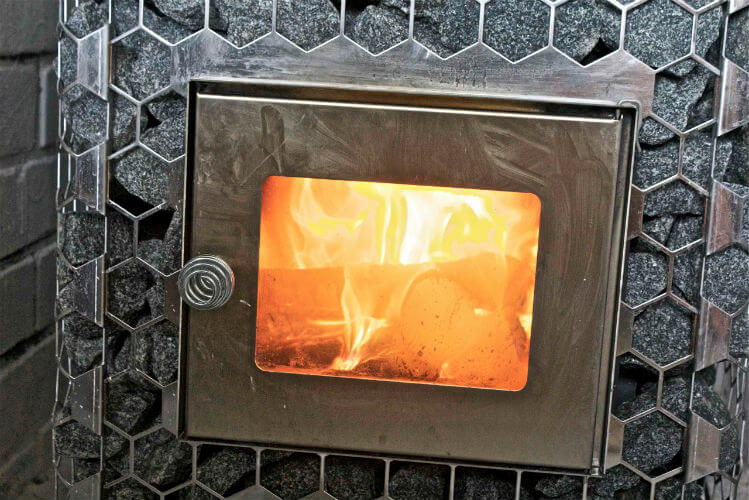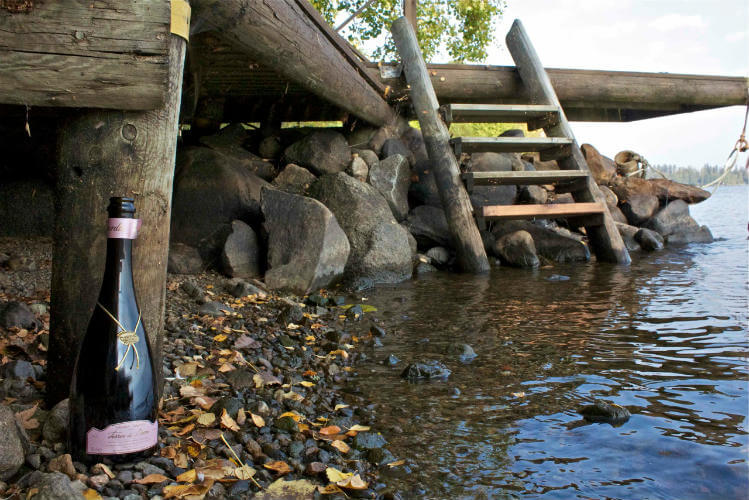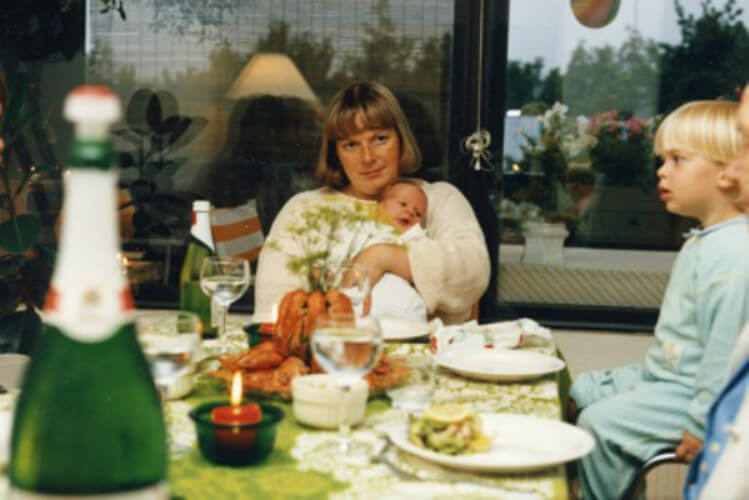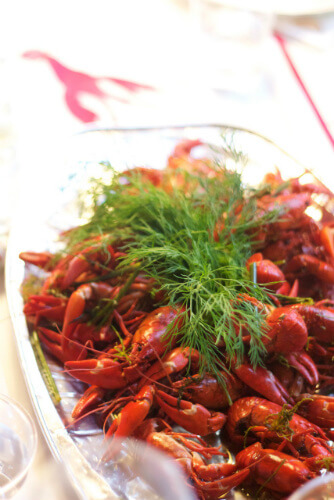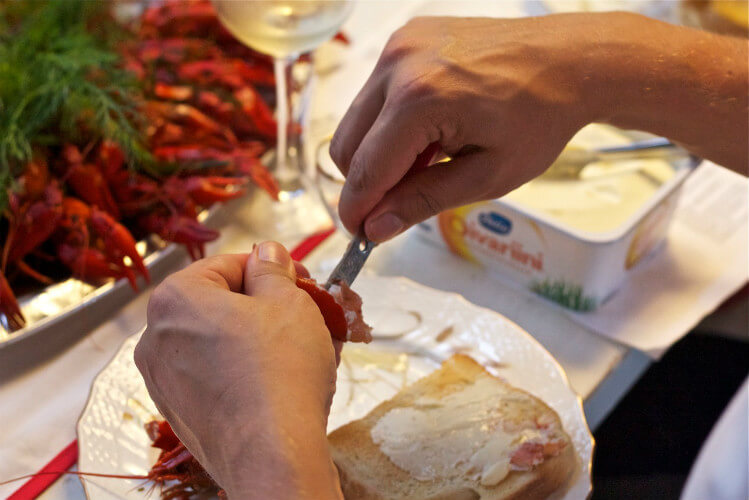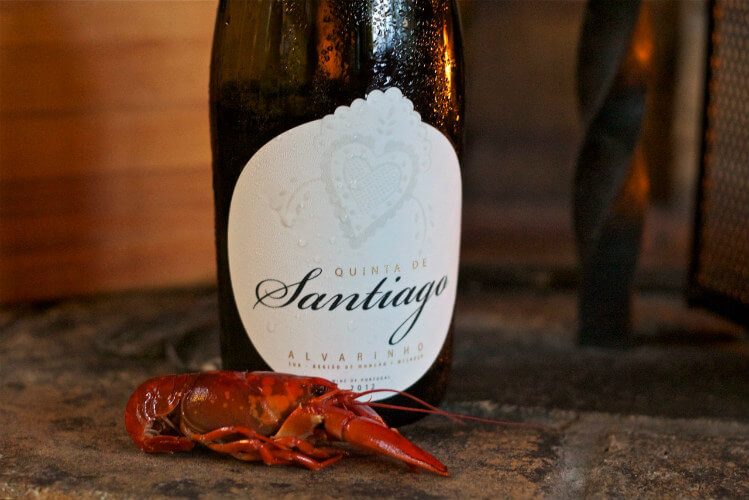H.M. Borges
Text Ilkka Sirén
Arriving to Madeira can be quite exciting. Located approximately 500 kilometers off the coast of Africa, the island of Madeira is at the mercy of the Atlantic Ocean. Funchal airport is squeezed between the vast ocean and mountains that climb as high as 1,800 meters. From zero meters to almost two kilometers above sea level on an island that is only 22 kilometers wide and 57 kilometers long is a bit of a hike. You can imagine that the view when flying to Madeira is very dramatic. What makes it even more dramatic is that the airport is partially built on top of nothing. Have you ever been under a runway? Of course not, very few people have. It’s not possible in many places but in Madeira it is. So, please make sure your seats and tray tables are in their full upright position because we are about land on Madeira, hard.

Under the runway at Funchal airport. Notice the parking space for sailing boats in the bottom right corner – Photo by Ilkka Sirén | All Rights Reserved
Funchal is a curious city. First time I visited I thought my plane had lost its way and accidentally landed in Cuba. The exotic touch of banana trees and the humid climate made me thirsty for some mojitos, big cigars and mambo. The city is definitely not what you expect when you first arrive to the island. It’s surprisingly big and densely populated. In fact it’s probably one of the most densely populated cities in Portugal. A big part of the island is protected so the pressure on Funchal to grow inwards is significant. Real estate is scarce which is mainly due to the evergrowing tourism industry. If you’re moving around the city take a taxi. Don’t be a hero and try to conquer the whole city by walking, unless you are training for the Olympics. The city itself climbs up to 800 meters so it will be one hell of a workout.
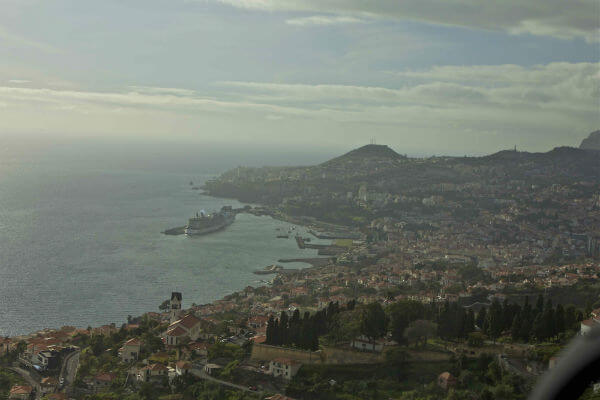
Funchal – Photo by Ilkka Sirén | All Rights Reserved
Located on the Rua 31 de Janeiro in the heart of city, across the street from Madeira Wine Institute is the lodge of H.M. Borges. A beautiful spot for a winery I must say, in its own way. The canal in between the two streets is covered in wild flowers and shrubbery. The house was founded by Henrique Menezes Borges in 1877 and it still belongs to the Borges family.

Rua 31 de Janeiro – Photo by Ilkka Sirén | All Rights Reserved
Entering the building is like going back in time. Old mural paintings, dusty bottles, dark tasting room filled with the beautiful scent of Madeira wine is impressive. You can really feel the history and tradition. So much so that it’s even a bit eerie. But I like that. The bridge between now and then, the wine, is strongly binded within the culture of Madeira and the people living there. It creates a certain atmosphere that I think is quite unique to the island.

Old mural – Photo by Ilkka Sirén | All Rights Reserved
Going through the old wine cellars at H.M. Borges one cannot help but to think that Madeira wine is not just a beverage but a continuous effort to maintain a style of wine, the history and culture surrounding it, so that these great wines can be enjoyed for another millenium. If Madeira wine is liquid history, that makes the winemakers historians, and as such they have the responsiblity to preserve the world of Madeira wine. Easier said than done but if there’s one thing I know about the Madeirense people, especially the winemakers, is that they are persistent. I mean really, really persistent. The evidence is the wine itself. Without this persistence, stubborness or whatever you want to call it this wine style would have died out long time ago. But it didn’t and that tells us something.

Barrel room – Photo by Ilkka Sirén | All Rights Reserved
Here are my picks from the H.M. Borges tasting:
H.M. Borges Sercial 1979
Surprisingly vibrant nose with a really distinctive touch of passion fruit. After a while, a good while, when the sniffing turns into tasting the Sercial reveals its classic austere character. I would say this is a very unique drop of fermented grape juice compared to a bunch of other Sercials I tasted on the trip, and not in a bad way. Youthful, nice balanced fruit with a nutty kick and a moreish finish. Very good.

H.M. Borges Sercial 1979 – Photo by Ilkka Sirén | All Rights Reserved
H.M. Borges Terrantez 1877
Tasting a terrantez this old is definitely a special treat. This wine is from the foundation year of H.M. Borges! The wine was bottled from the family’s old demijohns and it’s not really for sale anymore. You can really feel the Atlantic Ocean in this wine. Imagine a ball of dried fruits, figs and such, tiny touch of that dusty cellar character, all covered in a thin layer of sea salt. A ball of goodness filled with a unique combination of flavours that shouldn’t really work together but has been molded by time to match eachother perfectly. Then imagine that ball being attached to one of those power generators that has a sign saying Danger! High Voltage! Such is the sheer power of the acidity in this wine. It runs through your mouth like 10,000 volts almost cutting your toungue in half, after which you’ll be screaming like Dr. Frankenstein “IT’S ALIVE! IT’S ALIVE”! Outstanding.
Contacts
H.M. Borges, Sucrs. Lda.
Rua 31 de Janeiro nrº 83
9050-011 Funchal – Madeira
Portugal
Tel: (+351) 291 223 247
Fax: (+351) 291 223 281
E-mail: info@hmborges.com
Site: www.hmborges.com



